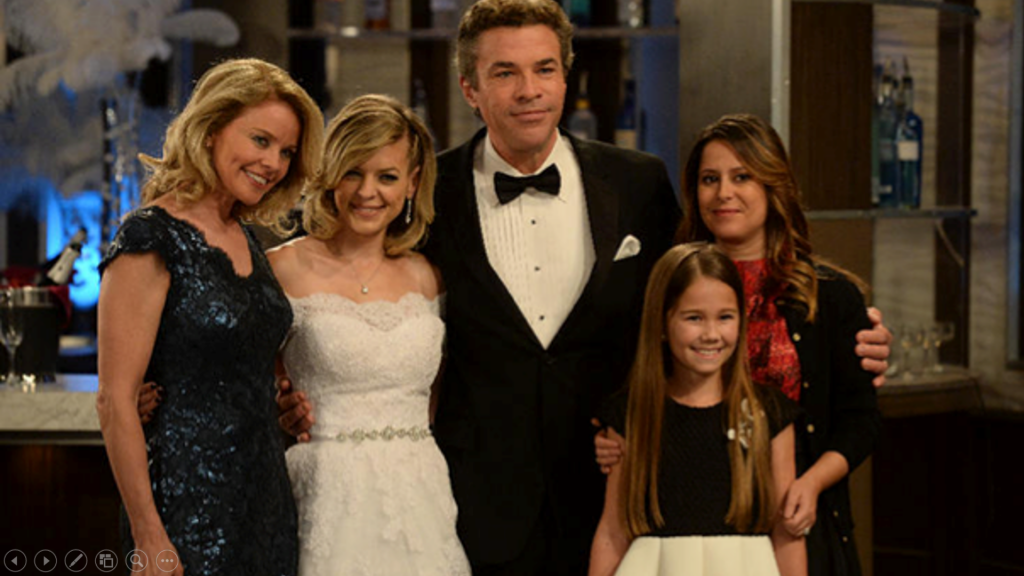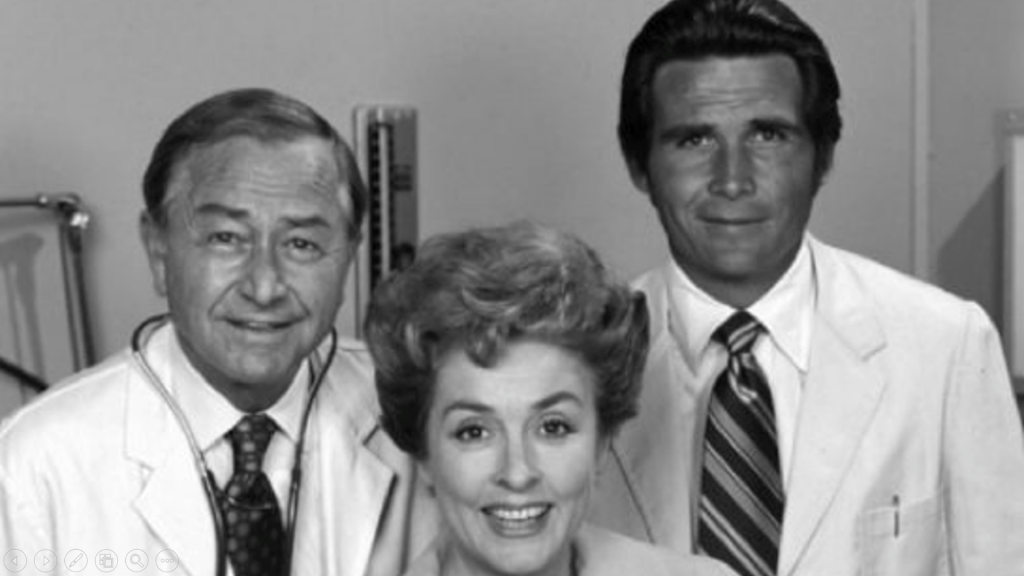It doesn’t matter whether it’s sales letters, emails, blog posts, video sales letters, teleseminars, webinars, or direct mail…
… Conversions increase dramatically when you use virtual reality-like persuasion.
Science is trying to duplicate what we marketers have been doing for decades… which is create VR-like movies in our customers’ heads.
The power of VR is why, as of 2016, there were at least 230 companies developing VR-related products.
In fact, Facebook has over 400 employees just focused on VR development!
And Google, Apple, Amazon, Microsoft, Sony, and Samsung all have dedicated virtual reality research going on.
The bad news is the sophisticated stuff is prohibitively expensive.
The good news is you don’t need any of it.
In fact, you have more sales power at your fingertips RIGHT NOW, especially if you implement the 3 SECRETS below.
But first, to be more accurate, what we do in sales is best described as “augmented reality,” (AR) rather than “virtual.”
The difference is that “virtual” reality creates a complete alternative world that you can influence and interact with.
“Augmented” reality means adding computer-generated enhancements to existing reality to make it more enjoyable, instructive, and/or entertaining.
It’s what we do with people’s minds as we draw them under our persuasive spell…
… ESPECIALLY WITH STORIES, which are the “augmented reality” techniques we use every day as marketing entrepreneurs.
We take ordinary circumstances and dramatize the improvements customers will experience when they buy our wonderful products.
And we take people on fabulous journeys through their subconscious that are better than the most sophisticated AR simulators… so customers can feel, smell, see, hear, taste, and be inspired by the amazing new life we offer.
Here are a few sentences from my EFFORTLESS INFLUENCE course that sum it up more clearly:
A well-crafted story is truly hypnotic. It is a form of guided imagery that helps your prospects to withdraw from their physical environment momentarily and explore their unconscious, where all decisions are ultimately made.
If you were to approach a person in the depths of such a reverie, you would notice their eyes wide open like saucers, staring blankly into space. And if you speak to them, they will not hear a word that you say.
In a way, they have left their bodies. They have embarked on a momentary magical mystery tour of their imagination, with you, the storyteller, as their guide. And in a flash of insight, old barriers and blockades come crashing down.
They can see things that were invisible to them before. They can feel new sensations that empower them to take actions that were previously impossible. And they are transformed.
Now let’s go deeper into the power of “augmented reality” storytelling.
Secret #1: Your (Underutilized) Origin Story
This is a hidden-in-plain sight secret… frequently discussed but seldom applied correctly.
My first exposure to a truly brilliant origin story was working for one of my early mentors, the legendary Clayton Makepeace.
On an old audiotape, I heard Clayton tell the fascinating and inspiring story of being broke with several mouths to feed, and barely having gas money that would take him to a job writing a few pieces of copy for a crummy newspaper.
He goes on by embellishing his rags-to-riches journey to becoming one of the top copywriters and marketing strategists in the country.
It inspired me to peruse copywriting with a maniacal passion.
I truly believed…
“If Clayton can do it, I can do it.”
And if I can do it, so can you! But here’s where most entrepreneurs miss the boat.
But here’s where most entrepreneurs miss the boat.
They don’t use the origin story at every opportunity… not necessarily the whole thing, but bits and pieces as often as possible to CONTINUE to create and deepen the bonding with prospects and customers.
Here’s how I describe the process in my EFFORTLESS INFLUENCE course (aka: How to Master the Art of the Sales Story)…
The sale of anything significant hinges on the credibility of the seller. Who is this person? What does he want? Why should I listen to him?
Your prospects also need to understand how and where your product or service fits into their world. Will it work for them? Or is it for some kind of person they’re not?
The origin story — usually told in the first person — answers these questions, while at the same time creating that all-important bond so necessary for repeat sales. It gives the relationships you form with your customers continuity and meaning, and should form the nucleus around which all of your sales messaging revolves.
But it’s not a static piece of text you write once and just trot out whenever you need to answer these questions. It’s a fluid drama that you tell in different ways as the need arises, sometimes in full length, sometimes abbreviated, parts left out, parts emphasized or embellished.
To flesh this out with a real-life example, here’s a scene from an origin story you’ve seen me use in the past.
It’s my own story that let’s customers know how backward they can be, and against all odds, still succeed at the highest level:
Pounding nails and selling life insurance weren’t exactly my glory days.
But they were hardly my darkest hours as an employee.
So I’m ‘revealing all’ to dispel the all-too-common myths about the relationship between capability and success.
For instance, when I was delivering pizzas and losing money on gas, I certainly wasn’t confident that one day I would make it as a published author, on speed dial to some of the world’s most accomplished info-publishers and online marketers.
Frankly I wasn’t even sure if my crappy car would ‘make it’ to the next house.
And while I was playing endless romantic ballads on the piano at restaurants, while people on first dates ate fettucine alfredo and gazed longingly into each other’s eyes…
… The only thing I was longing for was more money.
I tried my hand at just about anything and everything in those days, just to pay the bills.
I even tried nepotism.
My uncle gave me a less-than-cushy job in his plastic cup factory.
And while I was loading trucks at this new ‘career,’ I was far from ‘believing in myself.’
But what I came to realize shortly after he fired me (other than the fact that being his nephew didn’t shield me from the consequences of incompetent truck loading), was that I had to figure out a better way to make a living.
I also realized that if I didn’t start to believe in myself on a bigger scale, I would be working for someone else forever.
And as I said earlier, this seed of belief in myself didn’t come with sudden magical capabilities…
…But I came to understand that it wasn’t even necessary, and you will, too.
You see, it really doesn’t matter where you begin, it just matters where you’re going.
The road to success is littered with moments where just moving forward with plans in hand is met with open doors.
The key is in the movement towards your dreams and saying “YES” to the possibility.
Because saying “no” will always go to the same place, nowhere.
We all walk around with a mental picture of who we are and what is within our grasp to achieve inside of our heads — an image of self.
And this mental picture dictates what’s possible for us.
Time and time again I’ve realized that the qualifications, skills, and expertise required to achieve a certain goal ARE ACTUALLY MUCH LESS than I thought they would be.
It’s very natural to overestimate them, and to underestimate our own abilities.
For years I thought my grade school education was an impenetrable barrier to the good life.
And this limiting belief kept me trapped in unfulfilling jobs for years.
That doesn’t need to be your fate.
You can create the same inspiring environment with your own origin story… no matter what your circumstances.
EVERYONE has suffered through and overcome the nastiest trials and tribulations.
It just takes a bit of creativity to weave one together.
Secret #2: Soap Opera Sales (Choosing the Right Archetypal Theme)
New marketers and entrepreneurs nearly injure themselves trying to come up with absolutely new and creative material… believing that will make the sale.
Nothing could be further from the truth.
In fact, I recently heard the world-renowned marketer, Dan Kennedy, say at a presentation…
“I’ve never had an original idea in my life.”
But Dan has voraciously studied and applied the works and strategies of all the masters.
That’s why you should study comparative mythology expert, Joseph Campbell, whose magnificent book, “The Hero with a Thousand Faces,” discusses his theory of the archetypal hero that’s found in all world mythologies.
Because the same universal themes fascinate us over and over and over.
They NEVER grow old.
They play out in movie after movie, novel after novel, and even in soap operas that have endured, like General Hospital, for over 13,000 episodes!
Here are a few sure-fire themes that will sky-rocket your sales.
The Star-Crossed Lovers
How many times has Romeo and Juliet been revamped?
Other examples are Tony and Maria in West Side Story, Jack and Rose in Titanic, and Arthur and Guinevere in Camelot.
It’s a century-old winner.
Triumph of The Underdog
This can’t-miss theme is everywhere… from the Horatio Alger stories from the last century, to the “Karate Kid,” to Susan Boyle, to sports stories like, “Miracle on Ice,” where the US hockey team of college kids defeated the Russian pros.
Rescue
Do you remember the TV series, “Lost,” that ran for 6 years? That one show sums up the power of this theme.
Escape
Think “Shawshank Redemption” and you’ve got the picture.
The Chase
While it’s often a crucial part of a story, sometimes it’s the whole thing!
Remember those crazy car chases in the Bourne Identity series… and every James Bond movie… and a thousand others?
Other powerful themes are rivalry, mystery, temptation, sacrifice, and revenge.
You can’t go wrong with any of them, but even more powerful is delivering them in combination.
Secret #3: Choosing the Perfect Cast of Characters
In the same way the right THEMES resonate like a tuning fork with your audience, there are also archetypal CHARACTERS that we all identify with.
Here are a few (abbreviated descriptions excerpted from my EFFORTLESS INFLUENCE training)…
The Innocent — this character archetype is strongly motivated by idealism, tranquility, acceptance, family and order. And has relatively little need for power, status, and honor.
The innocent believes life should be simple, wholesome and meaningful. To understand the innocent archetype, study the roles that Meg Ryan and Tom Hanks have been cast in over the years, and also their mannerisms and dialog.
Ryan, in her most popular films, When Harry Met Sally, Sleepless in Seattle and You’ve Got Mail is cast as the ingénue, a stock character in theatre, endearingly innocent, virtuous, wholesome, naïve, trusting, full of hope and optimism.
The Nurturer — this character archetype is strongly motivated by idealism, tranquility, honor, family, saving and order. And has relatively little need for status, power, or independence.
The Nurturer is an altruist, inspired by compassion and kindness to help those less able to help themselves. If you’re old enough to remember actor Robert Young’s portrayal of the empathetic, caring and kind-hearted GP, Marcus Welby, then you have a wonderful model for this archetype.
Another great example is the role played by Michael Landon in Little House on the Prairie. Landon also played a classic Nurturer role in Highway to Heaven, where he portrayed a probationary angel whose job is to help people in order to earn his wings.
The Trickster — this character archetype is strongly motivated by social contact, acceptance, and status. And has relatively little drive for power, honor, and saving.
Tricksters are people who live for fun. Think Leno, Steve Martin, Jackie Chan, Jim Carrey, George Carlin, and other popular comedians and comedic actors as role models for this archetype.
The Trickster’s mission in life is to be the life of the party… to enjoy the company of others, to entertain, and to be entertained.
The Everyday Man or Woman — this character archetype is strongly motivated by acceptance, saving, honor, social contact and family. And has relatively little drive for power, status, or independence.
The EveryDay Man or Woman archetype is frequently cast as an underdog, thematically. While the Under Dog is usually handicapped in some way, physically, emotionally, financially, his or her character (pre-transformation at least) is usually quite normal, run-of-the-mill, unremarkable.
The Wise One — this character archetype is strongly motivated by curiosity, independence, tranquility, status, and honor. And has relatively little need for acceptance or social contact.
The Wise One is a thinker who strives for self-actualization, discovery and learning and places great faith in his or her own creative intellect to solve life’s problems. The Wise One has a great capacity to visualize new and previously unforeseen possibilities and also an ability to foresee potential difficulties and roadblocks that stand in the way of their realization.
Jay Abraham and his deliberate positioning as a thought leader in the marketplace exemplify this archetype.
Other great characters include The Warrior, The Anti-Hero, The Leader, The Wizard, The Artisan, The Lover, and The Adventurer.
You’ll amplify your persuasive power, and your profits, by implementing these Virtual Reality-like storytelling strategies in your marketing.
Dig into your origin story and use it everywhere.
Pick classic themes that hit your audience right in the heart… where their “buy buttons” are hidden.
Fill your stories with classic characters they deeply identify with.
If you do, you’ll see a surge of opt-ins, more sales, and long-term engagement you didn’t think was possible.
And let me know what you think, and what you need.
I read ALL the comments you generously provide and adapt my trainings accordingly.
Now go tell some fascinating stories!





It’s always a pleasure to connect with professional as you are. There may exist a potential possibility to work on a few collaborative projects in the not-to-distant future. Look fwd to it. Thanks for being in touch. appreciate you
Steve Braxton
Founder, Marketplace Ministries, Inc & National Clergy Fellowship Initiative
Also, Mentor-ship Practitioner,Hall of Fame Storyteller, enshrined @ The Chicago History Museum, and Board of Governor’s Nat’l Association for Non-profit organizations & Executives
Hi Daniel ,
As always a great deal of immediately useful and efficient advice .
How would you play the “Adventurer” ?
Thanks guys! Glad to see you’re enjoying these posts.